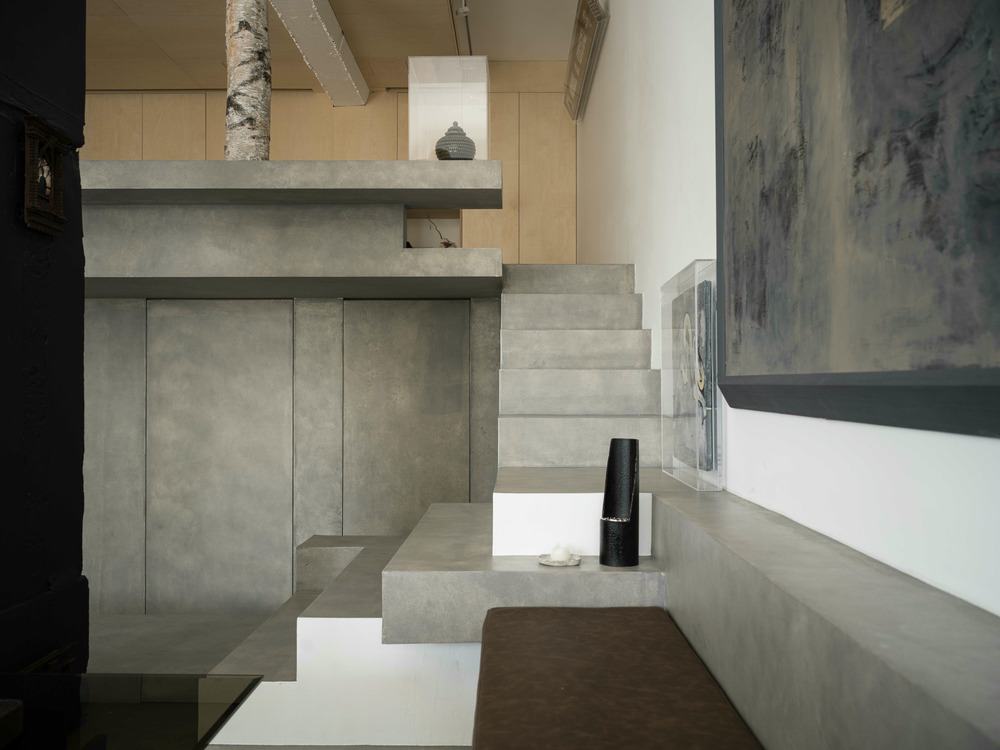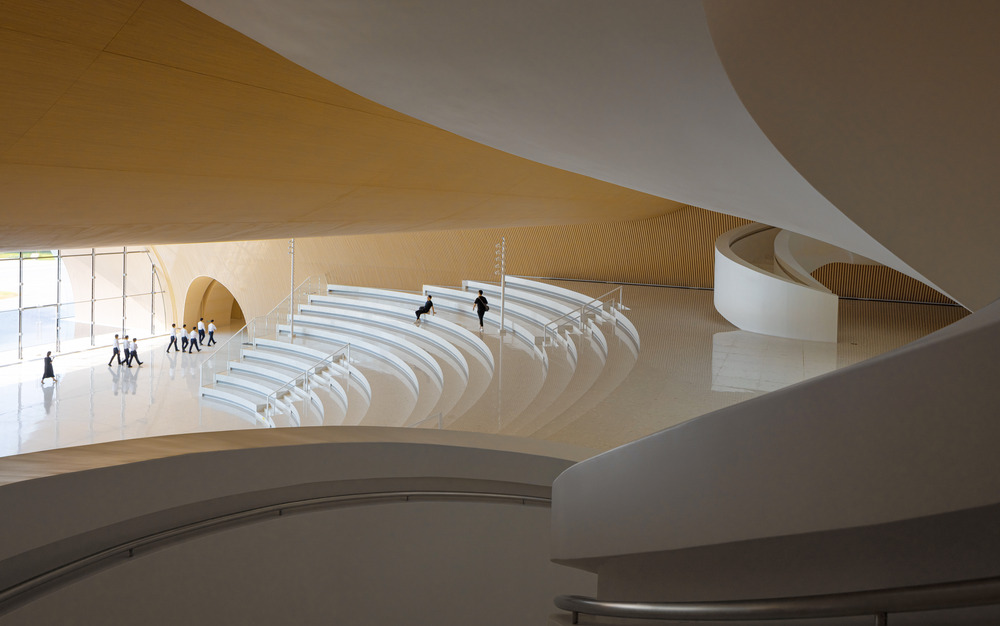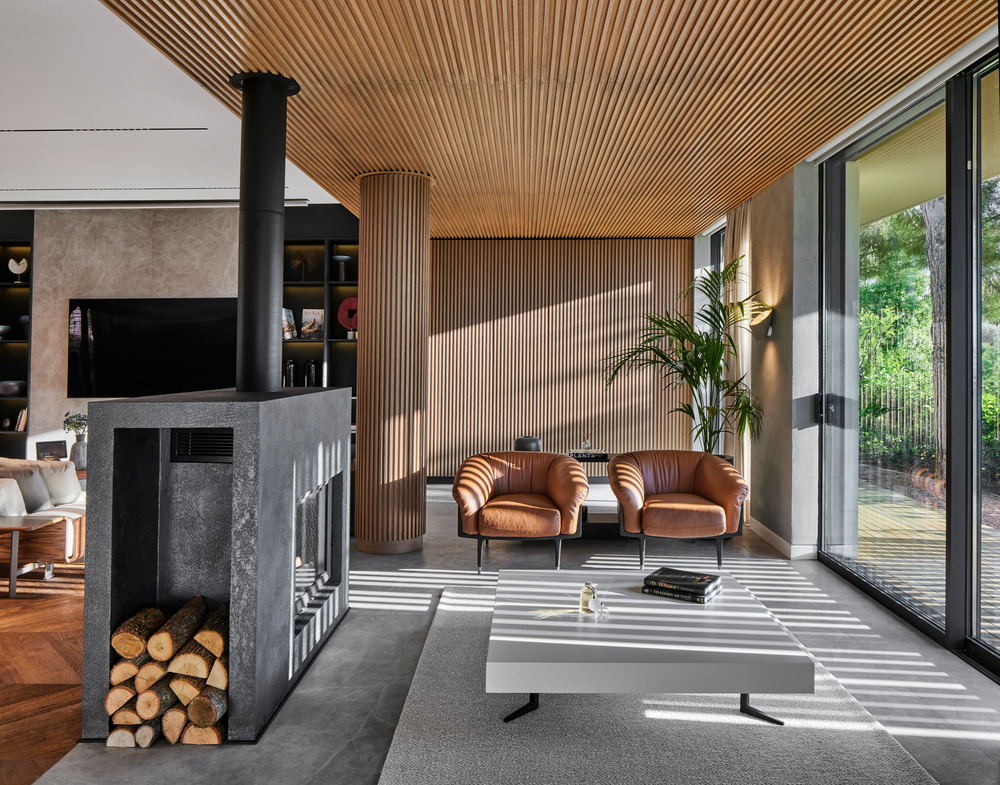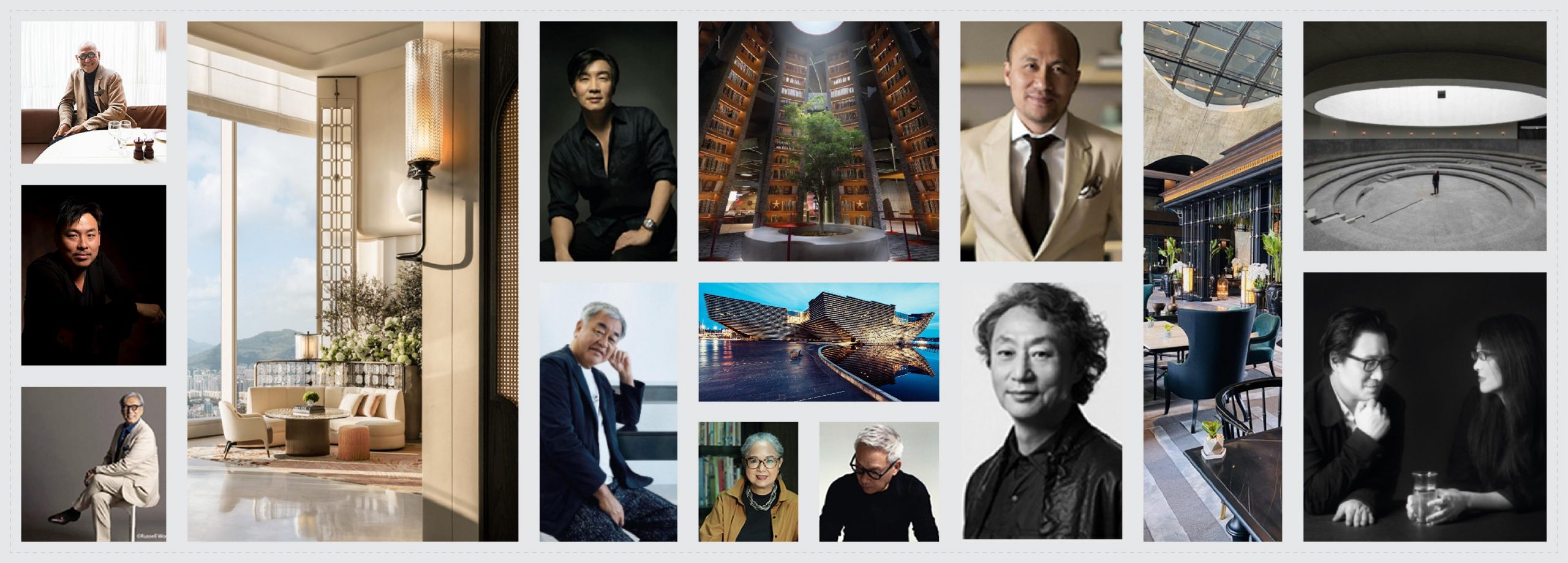Designed by Nong Studio, this 120 square metres art studio in Shanghai, China, is infused with rich character and creative energy. The owner of 743 ART Lab envisions this space as a multifunctional environment that seamlessly blends an artist’s studio, an art exhibition area, and a hub for creative collaboration. The design intentionally eliminates decorative elements, preserving the raw essence of industrial architecture while incorporating natural and simple materials, such as concrete, artistic paint, marine plywood, and tatami mats. This thoughtful selection creates a harmonious interplay of textures, utilizing both natural and artificial lighting to foster a state where the past and present coexist.
- The natural color and texture of concrete are the most prominent features in the space, designed to soften the cold feel of cement. To achieve this, the design team used marine plywood in its raw form, keeping its original texture and allowing it to evolve over time. (Photo credit: Heinong)
- From the entrance, the design features winding paths and a strong contrast between light and dark, along with a narrow corridor to create a psychological shift. (Photo credit: Heinong)
Due to its southwest orientation, the rectangular space is divided into two main areas from north to south. The artist’s workspace, benefiting from favorable lighting and a 4.5m ceiling height, is ensured of an inspiring environment. The northeast side houses auxiliary functions like the entrance, a corridor, the kitchen, storage, and a bathroom. With a two-level layout, the second floor serves as a rest area and a meditation space connected by a stair platform. The gallery space, embracing a “room within a room” concept, preserves the original ceiling height and arched top, fostering reverence for art.
Inspired by the Song Dynasty’s “walking and dwelling” philosophy in Chinese landscape painting, the space evokes a sense of timelessness and scalability reminiscent of Chinese gardens. Drawing on Tong Jun’s insights about well-arranged gardens, the layout reflects changes in time and space through its openness, light, and shadows. The design incorporates winding paths and a strong sense of enclosure, capturing the essence of a garden, even in the absence of trees.
- On the second floor, a white birch trunk serves as a partition for the tatami relaxation space, bringing a touch of nature to the area. (Photo credit: Heinong)
Source: v2com














